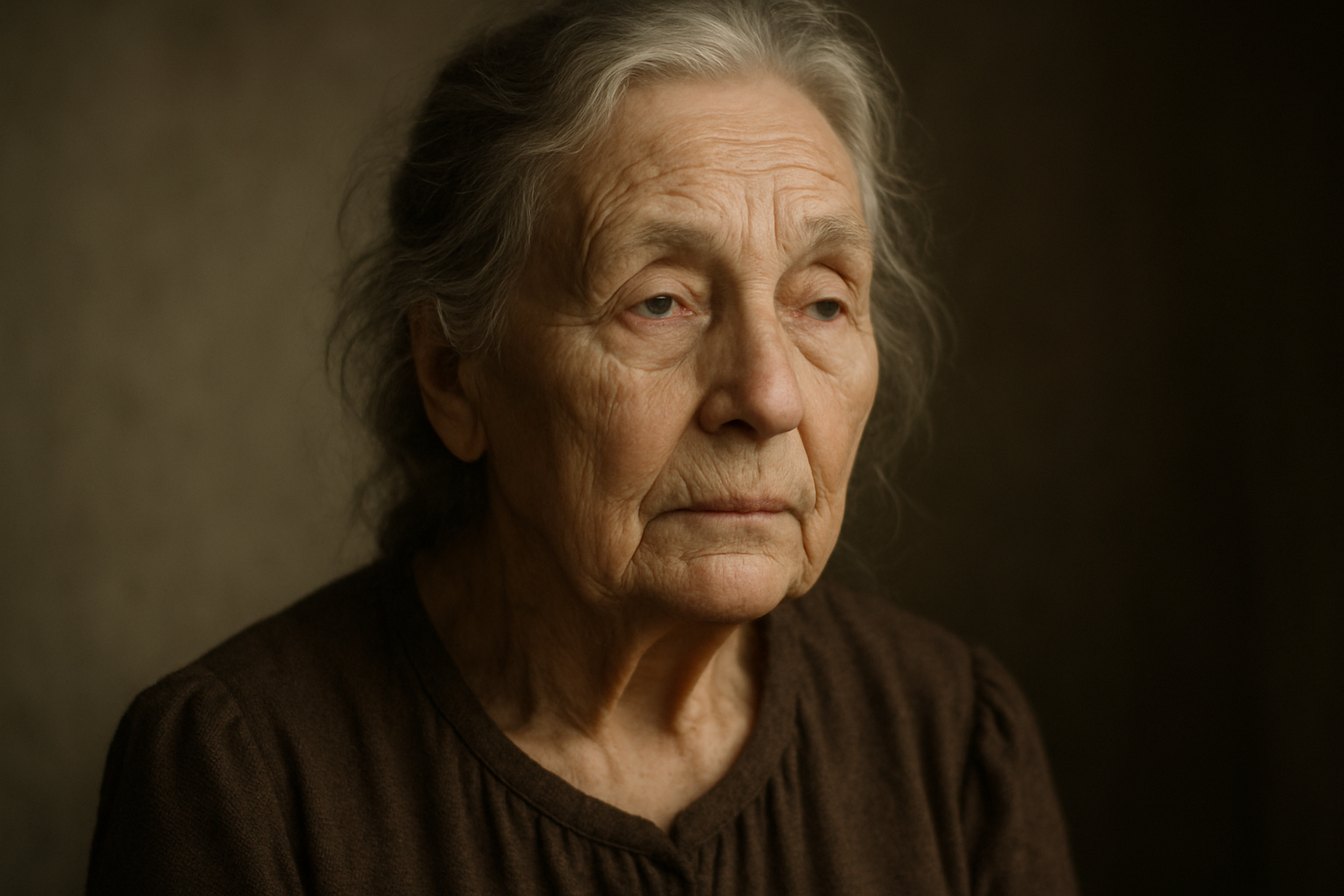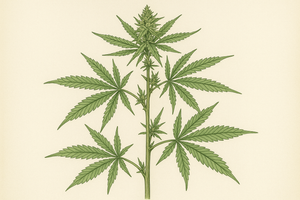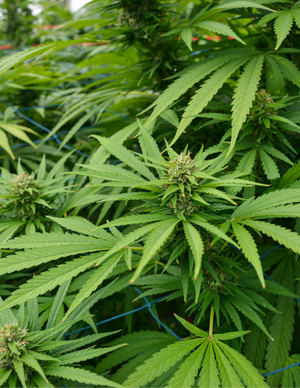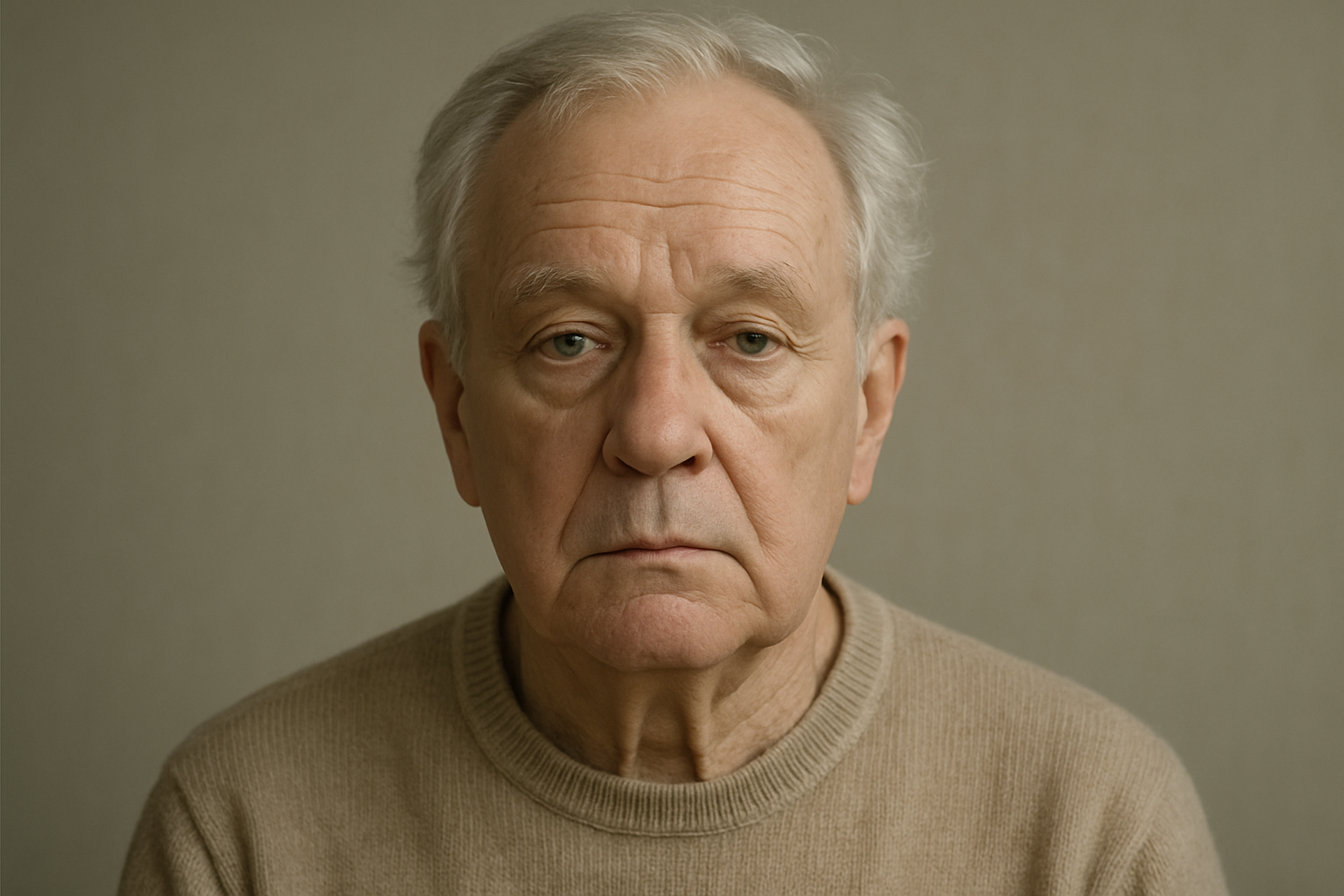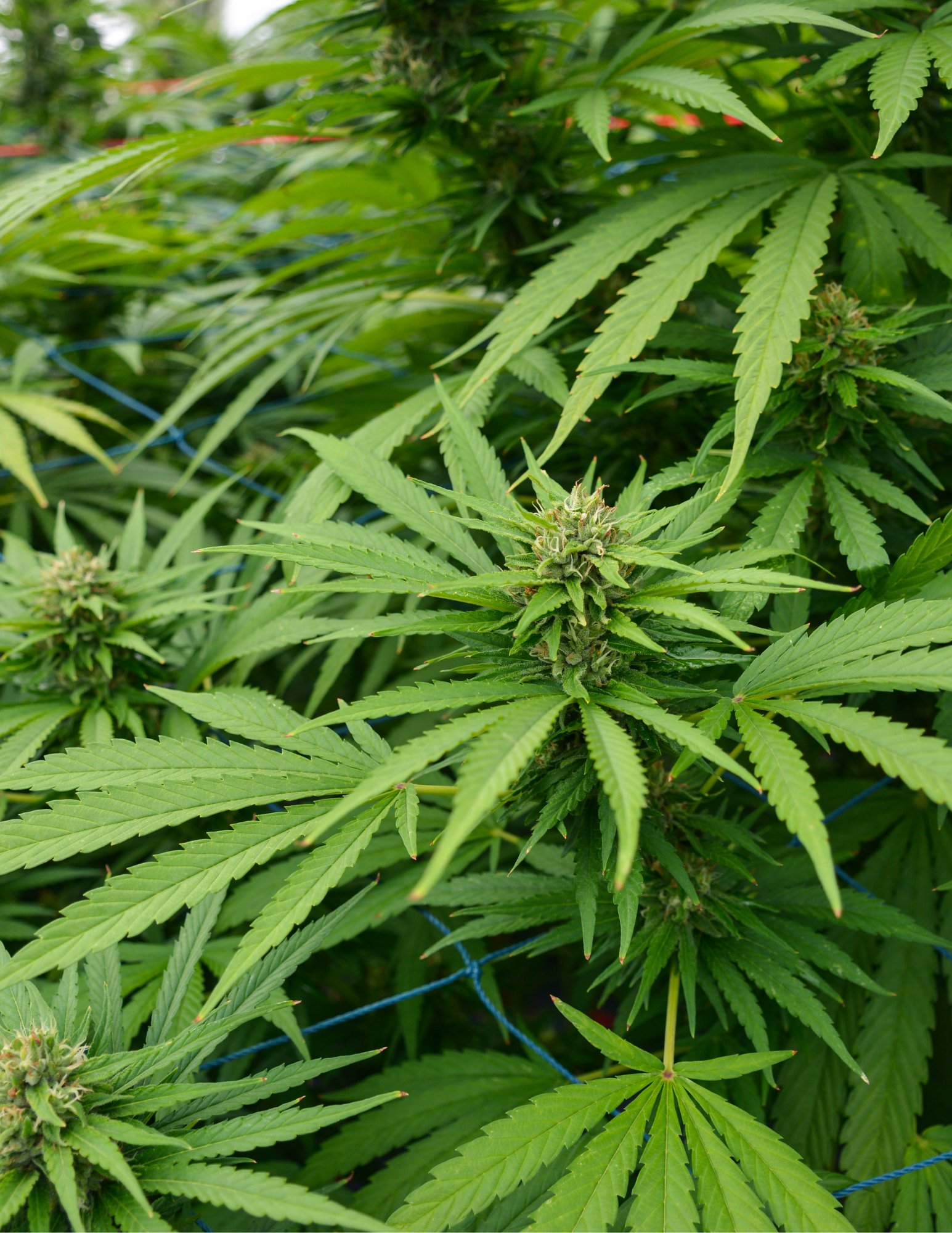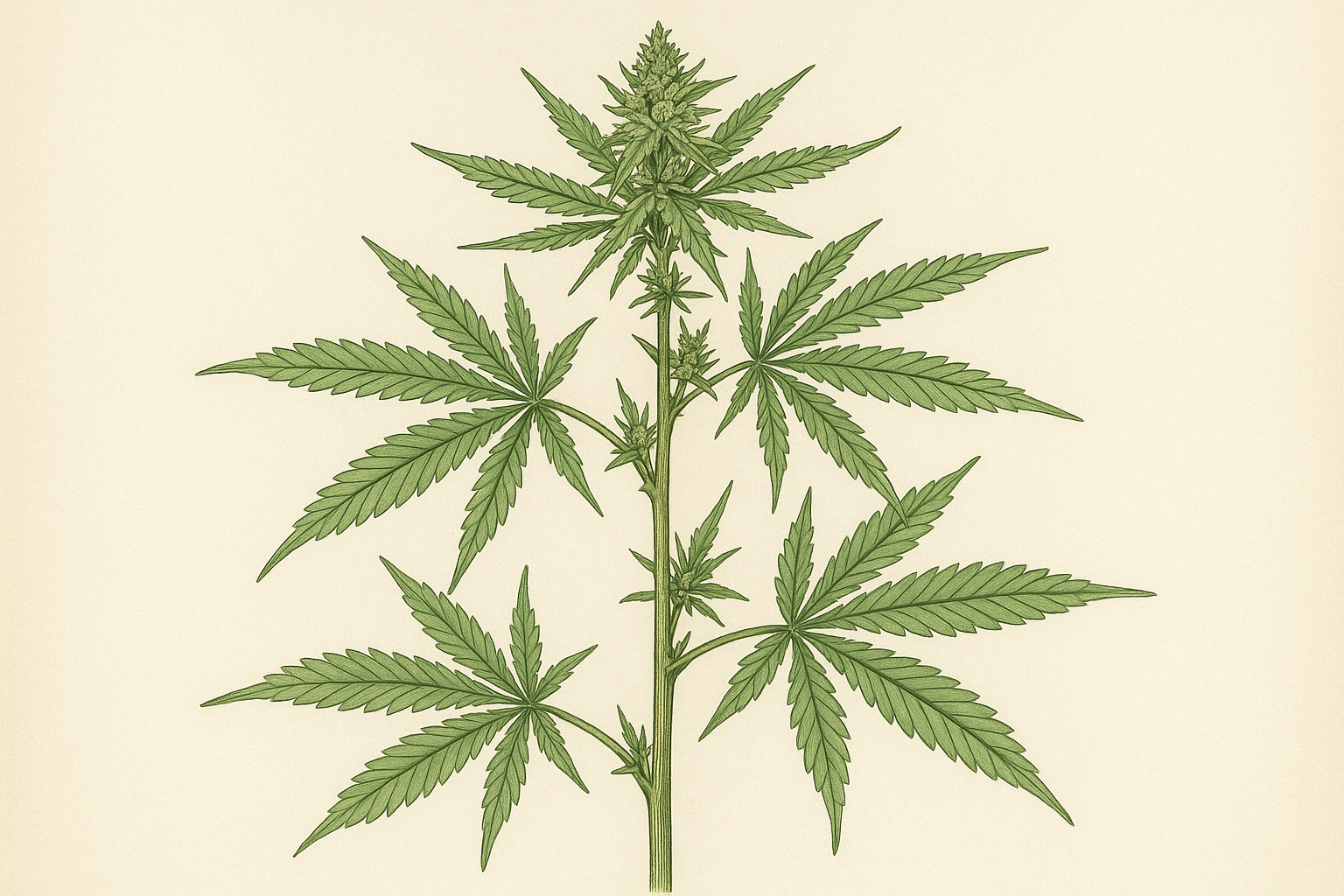Review
Cannabinoids in Late Life Parkinson’s Disease and Dementia:
Biological Pathways and Clinical Challenges
Alana C. Costa 1,2
, Helena P. G. Joaquim 3, João F. C. Pedrazzi 4, Andreia de O. Pain 5, Gustavo Duque 6
and Ivan Aprahamian 5,7,*
1
Laboratory of Neuroscience (LIM-27), Departamento e Instituto de Psiquiatria, Hospital das Clínicas
HCFMUSP, Faculdade de Medicina da Universidade de São Paulo, São Paulo 05403-903, Brazil
2
Instituto Nacional de Biomarcadores em Neuropsiquiatria (INBioN), Conselho Nacional de Desenvolvimento
Científico e Tecnológico, São Paulo 05403-010, Brazil
3
Department of Psychiatry, Faculdade de Medicina da Universidade de São Paulo, São Paulo 01246-903, Brazil
4
Department of Neurosciences and Behavioral Sciences, School of Medicine of Ribeirão Preto,
University of São Paulo, São Paulo 05403-903, Brazil
5
Group of Investigation on Multimorbidity and Mental Health in Aging (GIMMA), Geriatrics Division,
Department of Internal Medicine, Jundiaí Medical School, Jundiaí 13202-550, Brazil
6
Division of Geriatric Medicine, Research Institute of the McGill University Health Centre,
Montreal, QC H4A 3J1, Canada
7
Department of Psychiatry, University Medical Center Groningen, University of Groningen,
9712 Groningen, The Netherlands
*
Correspondence: ivan.aprahamian@gmail.com
Abstract: The use of cannabinoids as therapeutic drugs has increased among aging populations
recently. Age-related changes in the endogenous cannabinoid system could influence the effects of
therapies that target the cannabinoid system. At the preclinical level, cannabidiol (CBD) induces
anti-amyloidogenic, antioxidative, anti-apoptotic, anti-inflammatory, and neuroprotective effects.
These findings suggest a potential therapeutic role of cannabinoids to neurodegenerative disor-
ders such as Parkinson’s disease (PD) and Alzheimer. Emerging evidence suggests that CBD and
tetrahydrocannabinol have neuroprotective therapeutic-like effects on dementias. In clinical practice,
cannabinoids are being used off-label to relieve symptoms of PD and AD. In fact, patients are using
cannabis compounds for the treatment of tremor, non-motor symptoms, anxiety, and sleep assistance
in PD, and managing responsive behaviors of dementia such as agitation. However, strong evidence
from clinical trials is scarce for most indications. Some clinicians consider cannabinoids an alternative
for older adults bearing Parkinson’s disease and Alzheimer’s dementia with a poor response to
first-line treatments. In our concept and experience, cannabinoids should never be considered a
first-line treatment but could be regarded as an adjuvant therapy in specific situations commonly seen
in clinical practice. To mitigate the risk of adverse events, the traditional dogma of geriatric medicine,
starting with a low dose and proceeding with a slow titration regime, should also be employed
with cannabinoids. In this review, we aimed to address preclinical evidence of cannabinoids in
neurodegenerative disorders such as PD and AD and discuss potential off-label use of cannabinoids
in clinical practice of these disorders.
Keywords: cannabis; cannabinoids; THC; CBD; neurological disorders; psychiatric disorders; elderly
1. Introduction
Symptomatic management through commonly prescribed medications and the phar-
macological treatment of prevalent disorders can be challenging due to undesirable adverse
effects in older adults. The former can be exemplified by the use of opioids for chronic pain,
short-term benzodiazepines for anxiety, and antipsychotics for mood disorders or agitation
in dementia. Opioid use can result in constipation, confusion, falls, and fractures [1]. Ben-
zodiazepines also raise the risk of falls and fractures due to sedation [2]. Antipsychotics
Brain Sci. 2022, 12, 1596
Clink link below for full review:
. https://doi.org/10.3390/brainsci12121596
https://www.mdpi.com/journal/brainsc

